#Scotlands History
Text
“A 16th c. Scottish Plaid was Found in a Bog–Now Becomes Oldest Historical Tartan Available to Wear Today”
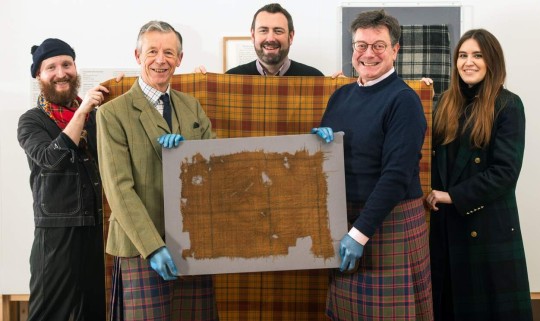
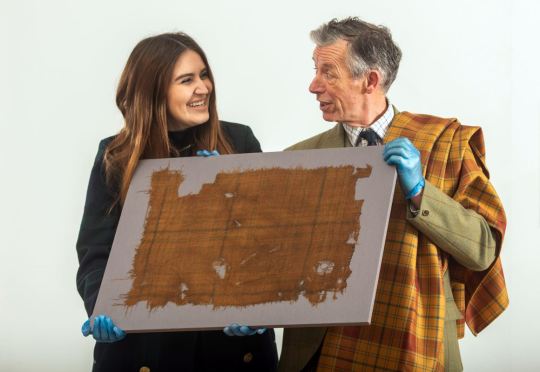
A textile manufacturer in Scotland has recreated the oldest-known piece of Scottish tartan ever found, which was buried for centuries.
Discovered approximately forty years ago in a peat bog, the Glen Affric Tartan underwent testing organized by The Scottish Tartans Authority last year to confirm it was the oldest surviving piece of tartan, dating back to between 1500-1600 CE.
16K notes
·
View notes
Text

Fit a grand day for a tour of Peterheid!
Thanks so much everyone who came along to today's tours of Peterhead based on The Peterhead Trail
The sun was out and it was truly the start of spring as we had tales of a magistrate with double life, the De'il causing a stooshie in kirk, a disorderly drinking den and of course Fa Hingit The Monkey!
Hopefully the tours will run again during the summer holidays as they proved to be very popular. And thanks so much to everyone who gave me their own stories of The Bloo Toon or emailed me resulting in more intriguing information! :)
#storytelling#aberdeen storyteller#grampian storytelling#aberdeenshire storyteller#aberdeenshire storytelling#aberdeen storytelling#grampian storyteller#scotland#Peterhead#Peterheid#The Bloo Toon#The Blue Toon#Blue Mogginers#Boddam#Tour Guide#Scotlands History#North East History
0 notes
Text

Corgarff Castle, Corgaff, Aberdeenshire, North-East Scotland,
Credit: Mysterious
#art#design#architecture#history#luxury lifestyle#style#luxury house#luxury homes#castle#scotland#retreat#winter#corgarff castle#aberdeenshire#corgarff#mysterious
5K notes
·
View notes
Text

As you would expect February 29th is a bit bereft of anniversaries, but did you know..........
Anyone born on this day is said to be unlucky in Scottish culture, and referred to as “Leaplings.” True, they don’t get to celebrate many birthdays, but to make things worse, Scottish tradition adds on another layer by saying that leaplings are doomed to a lifetime of “untold suffering.” They also consider leap years as doomed for farmers, as the saying goes: “Leap year was never a good sheep year.”
Ithink we all know that it is the day of the year a lady can traditionally propose toher man, but in Scotland women intending to propose are advised to wear a red petticoat visible to their love – perhaps to give them fair warning! ;) Tradition also stated that any man who refused a Leap Day proposal should be issued with a fine, which could range from money to silk gowns.
If you are trying to work out the math on what you're exact age would be if you were born on February 29th, then you are in luck.
1920: 104 years old or 26.
1924: 100 years old or 25.
1928: 96 years old or 24.
1932: 92 years old or 23.
1936: 88 years old or 22.
1940: 84 years old or 21.
1944: 80 years old or 20.
1948: 76 years old or 19.
1952: 72 years old or 18.
1956: 68 years old or 17.
1960: 64 years old or 16.
1964: 60 years old or 15.
1968: 56 years old or 14.
1972: 52 years old or 13.
1976: 48 years old or 12.
1980: 44 years old or 11.
1984: 40 years old or 10.
1988: 36 years old or 9.
1992: 32 years old or 8.
1996: 28 years old or 7.
2000: 24 years old or 6.
2004: 20 years old or 5.
2008: 16 years old or 4.
2012: 12 years old or 3.
2016: 8 years old or 2.
2020: 4 years old or 1.
The next leap year will take place in 2028.
1K notes
·
View notes
Text




NICHOLAS GALITZINE as George Villiers
MARY & GEORGE (2024) · S1·EP4
#nicholas galitzine#mary and george#mary & george#george villiers#perioddramaedit#queer#period drama#queer media#queer history#bisexual#queer characters#bi characters#jacobean#scotland#beautiful men
2K notes
·
View notes
Text


~ Shoes.
Culture: Romano-British
Place of origin: Roman site of Newstead (Trimontium), Roxburghshire, Scotland, Northern Europe
Medium: Leather; thistle-shaped tab at the back
#ancient#ancient art#history#museum#archeology#ancient history#archaeology#roman#shoes#leather#romano British#Trimontium#scotland
1K notes
·
View notes
Text

Robert Blomfield. Edinburgh 1956-69
#robert blomfield#vintage#photography#black and white#street photography#vintage photography#black and white photography#art#history#1950s#1960s#scotland
1K notes
·
View notes
Text


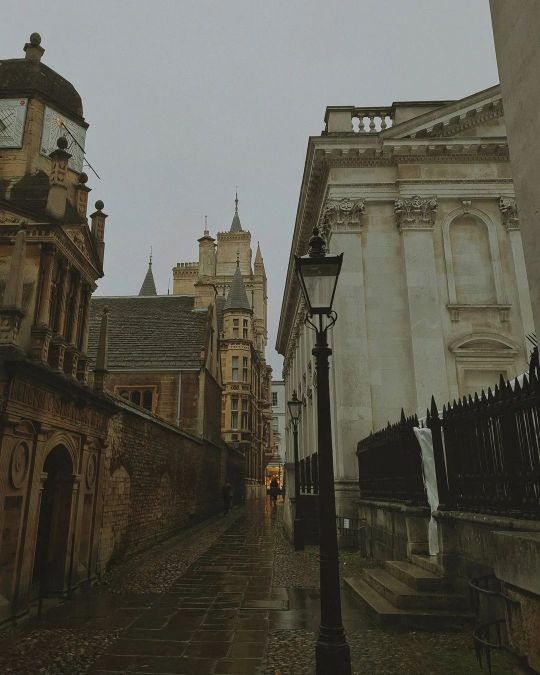



Instagram credit: co.nfused
#edinburgh#scotland#england#london#bath#uk#united kingdom#germany#bremen#natural history museum#dark academia#dark academic aesthetic#rainy city#beautiful architecture#beautiful places#cambridge
2K notes
·
View notes
Text
Would you like to see what is likely the oldest existing house on Earth?
Here it is:
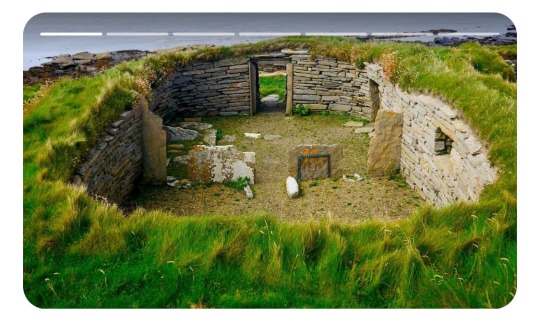
It’s called the Knap of Howar, and I am in love with it. It’s in Orkney, Scotland, and it’s over 5,000 years old. It was preserved by the soil around it. The name “Knap of Howar” is absolutely fantastic, and it has a fireplace, shelves, and a bed, and may have had a front porch, because humans are always basically humans no matter how much time may pass.

444 notes
·
View notes
Text
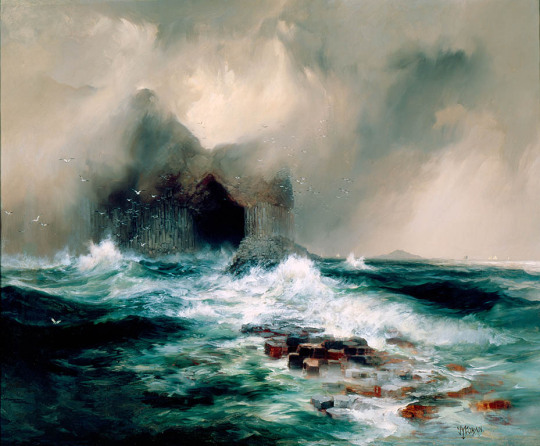
Fingal's Cave, Island of Staffa, Scotland, Thomas Moran, 1884-5
#art#art history#Thomas Moran#seascape#marine art#Fingal's Cave#Scotland#Hudson River School#American art#Anglo-American art#19th century art#oil on canvas#High Museum of Art
455 notes
·
View notes
Text
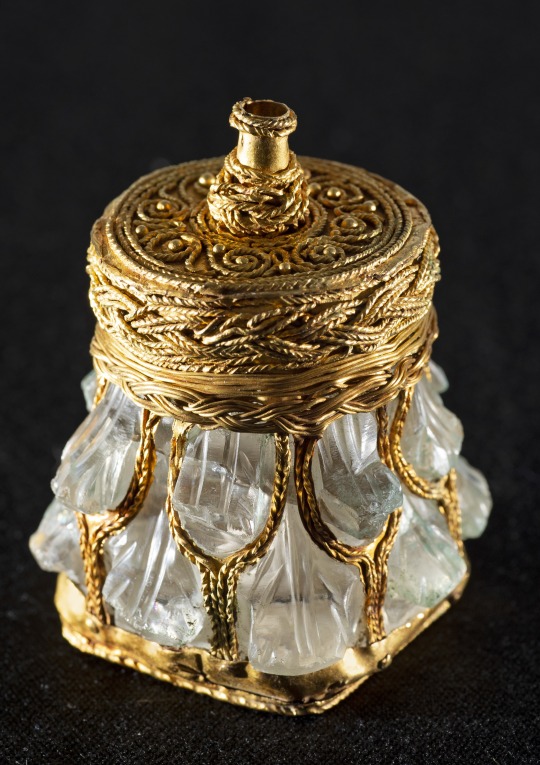
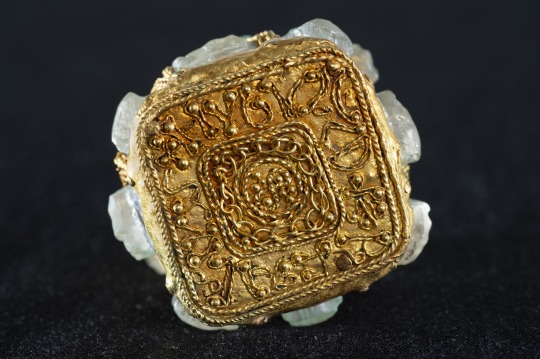
Hey Everyone! Look at this Gold and Rock Crystal Bottle from the Galloway Hoard!
In September of 2014 an avid metal detectorist named Derek Mclennan discovered one of the grandest historical finds in Scottish archaeological history. While searching on church lands near Balmaghie, Mclennan uncovered the Galloway Hoard, a viking age treasure hoard consisting of over 100 objects dating to around 900 AD. While the hoard has some gold objects, most are silver including pieces of jewelry, hack silver, and silver ingots.

Among the objects, the most incredible is a rock crystal bottle that is decorated with gold. The bottle was found inside of a silk pouch, the silk coming from either Byzantium or Asia. The crystal jar itself is not from the middle ages but is Roman and dates to the 4th century. Later in the early middle ages the jar was decorated in gold filigree, at the behest of Bishop Hyguald according to an inscription on the gold work. While the identity of "Bishop Hyguald" is unknown, it is thought that he mostly likely came from Northumbria, an Anglo-Saxon kingdom in northern England. Northumbria would be conquered and occupied by Danish Vikings in the 9th century, which explains how the bottle became a part of the Galloway Hoard.
Today, the bottle along with the rest of the Galloway Hoard is housed at the National Museum of Scotland
#history#antiquities#art#middle ages#medieval art#vikings#anglo saxon england#scotland#scottish history
694 notes
·
View notes
Text

Pit-stop to heat sausages to put on a roll while touring and camping in a remote part of Loch Arcaig.
Scotland
1979
#vintage camping#campfire light#scotland#loch arcaig#road trips#camping#history#travel#hiking#back roads#1970s
317 notes
·
View notes
Text

Abbotsford, Melrose, United Kingdom,
The Home of Sir Walter Scott,
#art#design#architecture#history#luxury lifestyle#style#luxury house#luxury home#united kingdom#abbotsfors#sir walter scott#melrose#gardens#landscaping#garden design#landscape design#scotland
4K notes
·
View notes
Text

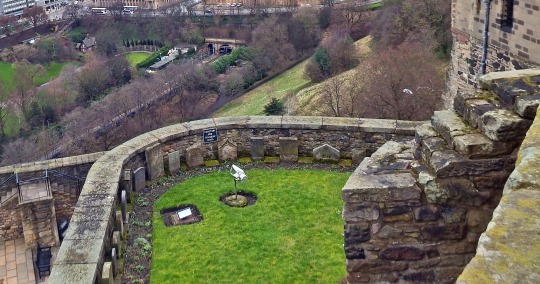

Edinburgh Castle's dog cemetery.
Looking down to the wee graveyard last week.
Hidden within the grounds of Edinburgh Castle, a dedicated dog cemetery may be the landmark's strangest feature.
There are a huge number of fascinating historical stories hidden within the walls of Edinburgh Castle, but perhaps none so curious and touching as the tale behind the castle’s dog cemetery.
The small green space is thought to have originally been the site of a medieval tower, but since 1840 it has been the final resting place for regimental mascots or honoured dogs belonging to high-ranking soldiers.
The cemetery is referenced in this verse from the Scottish Bard, Robert Burns:
”Berkin dugs here lie at rest
”The yappin worst, obedient best
”Sodgers pets and mascots tae
”Still the guard the castle to this day.
One of only two like it in Scotland, the unique graveyard is home to more than 20 headstones.
Sadly, several of the inscriptions have worn away over the last century or so, probably thanks to Edinburgh’s signature chilly, wet and windy weather.
Of the engravings still visible, the oldest dates back to 1881 - a dedication to Jess, band pet of the Black Watch 42nd Royal Highlanders.
The newest headstone in the cemetery belongs to Winkle, the “dear and faithful friend of Lady Gow and the Governor”, who died in 1980.
Other faithful pups laid to rest here include Yum Yum, Tim and Dobbler, who travelled as far as China, Sri Lanka and South Africa with the Argyll and Sutherland Highlanders.
These days, visitors to the castle cannot enter the cemetery, but it can be viewed from above, like I did.
583 notes
·
View notes
Text


NICHOLAS GALITZINE as George Villiers
MARY & GEORGE (2024) · S1·EP4
#i love his 'bitch im not in the mood tf you want' vibe in this scene so much#nicholas galitzine#mary and george#mary & george#george villiers#perioddramaedit#queer#period drama#queer media#queer history#queer characters#bisexual#bi characters#jacobean#scotland#beautiful men
763 notes
·
View notes
Text



Knitted Jacket
17th Century
Italy
National Museum of Scotland (Museum reference: A.1973.29)
#knitwear#fashion history#historical fashion#17th century#italy#jacket#silk#1600s#1610s#1620s#1630s#1640s#1650s#1660s#1670s#1680s#1690s#national museum of scotland
259 notes
·
View notes